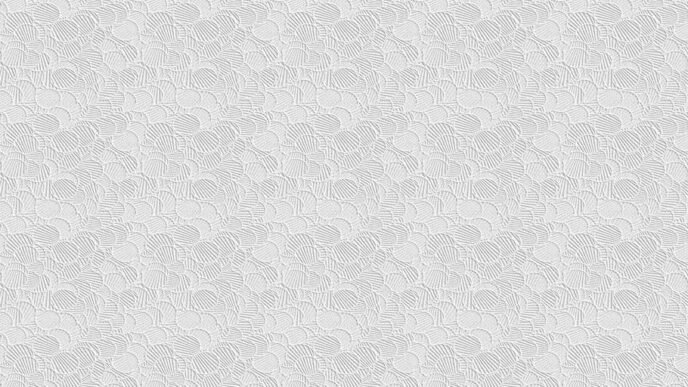When you become a nursing home resident, a lot is going through your mind and a lot is going to change in your life. Since nursing home residents have less responsibility with their nutrition and water, hydration and nutrient deficiencies can often go unnoticed during these tumultuous times. However, hydration in nursing homes is at a higher risk, especially if they already suffer from malnutrition or have wounds. But how exactly can patients get hydrated?
Hydration is defined as the water intake to one’s cells, not one’s total water intake. This distinction is due to the fact that cells require electrolytes and nutrients in order to transport water inside the cell. Unfortunately, this often means that nursing home residents with certain conditions or prescriptions can be lacking in nutrients and be dehydrated, despite their daily water intake. Fortunately, Dript has come up with a solution by means of an IV bag.
With Dript IV Therapy, you gain not only water but the necessary micronutrients to properly hydrate yourself. Zinc, vitamin B, and vitamin C all help to balance intracellular fluids while warding off infections and chronic wounds. Ultimately, whether it’s for fluids or nutrition, Dript IV bags can help you balance your hydration worries away.

Source: DriptIV.com












